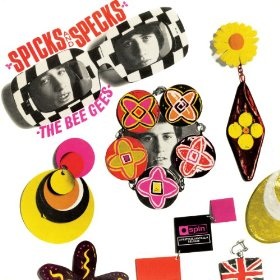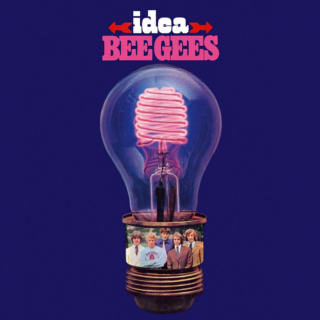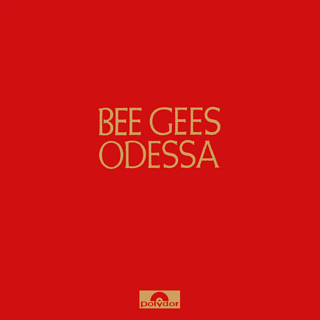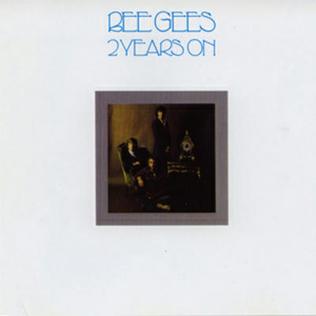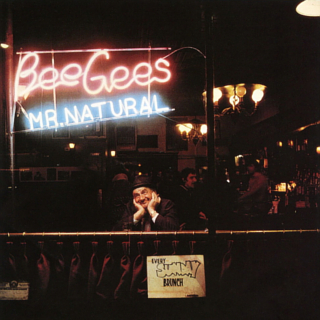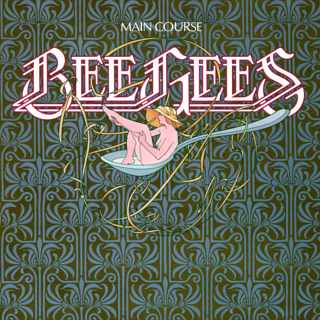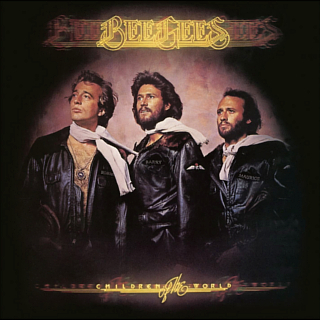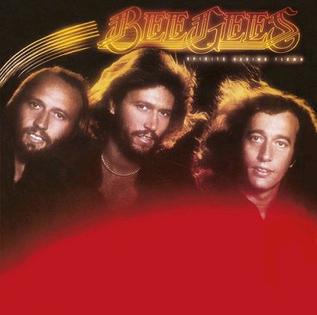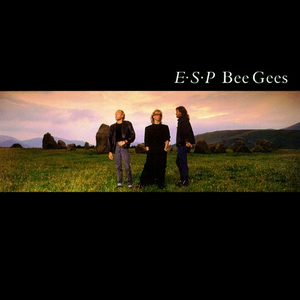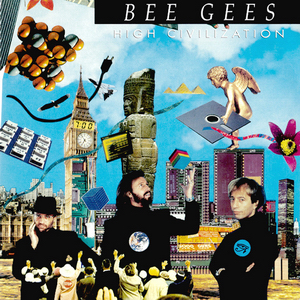About "New York Mining Disaster 1941"
"New York Mining Disaster 1941" is the debut American single by the Bee Gees, released on 14 April 1967. It was written by Barry and Robin Gibb. Aside from a moderately successful reissue of their Australian single "Spicks and Specks," it was the first single release of the group's international career and their first song to hit the charts in both the UK and the US. It was produced by Ossie Byrne with their manager Robert Stigwood as executive producer. The song was the first track of side two on the group's international debut album, Bee Gees' 1st. This was the first single with Australian drummer Colin Petersen as an official member of the band.
Top songs by Bee Gees
 Stayin' Alive
Stayin' Alive Words
Words How Deep Is Your Love
How Deep Is Your Love Massachusetts
Massachusetts Night Fever
Night Fever Grease
Grease To Love Somebody
To Love Somebody How Can You Mend A Broken Heart?
How Can You Mend A Broken Heart? More Than A Woman
More Than A Woman I Started A Joke
I Started A Joke Alive
Alive I Close My Eyes
I Close My Eyes Alone
Alone Holiday
Holiday Don't Forget To Remember
Don't Forget To Remember Lonely Days
Lonely Days Tragedy
Tragedy Run To Me
Run To Me My World
My World Nights On Broadway
Nights On Broadway Heartbreaker
Heartbreaker Islands In The Stream
Islands In The Stream First Of May
First Of May Angela
Angela Emotion
Emotion Alone Again
Alone Again Saved By The Bell
Saved By The Bell I've Gotta Get A Message To You
I've Gotta Get A Message To You If I Can't Have You
If I Can't Have You Guilty
Guilty Don't Fall In Love With Me
Don't Fall In Love With Me Black Diamond
Black Diamond
"New York Mining Disaster 1941" video by Bee Gees is property and copyright of its owners and it's embedded from Youtube.
Information about the song "New York Mining Disaster 1941" is automatically taken from Wikipedia. It may happen that this information does not match with "New York Mining Disaster 1941".
SONGSTUBE is against piracy and promotes safe and legal music downloading. Music on this site is for the sole use of educational reference and is the property of respective authors, artists and labels. If you like Bee Gees songs on this site, please buy them on Itunes, Amazon and other online stores. All other uses are in violation of international copyright laws. This use for educational reference, falls under the "fair use" sections of U.S. copyright law.


